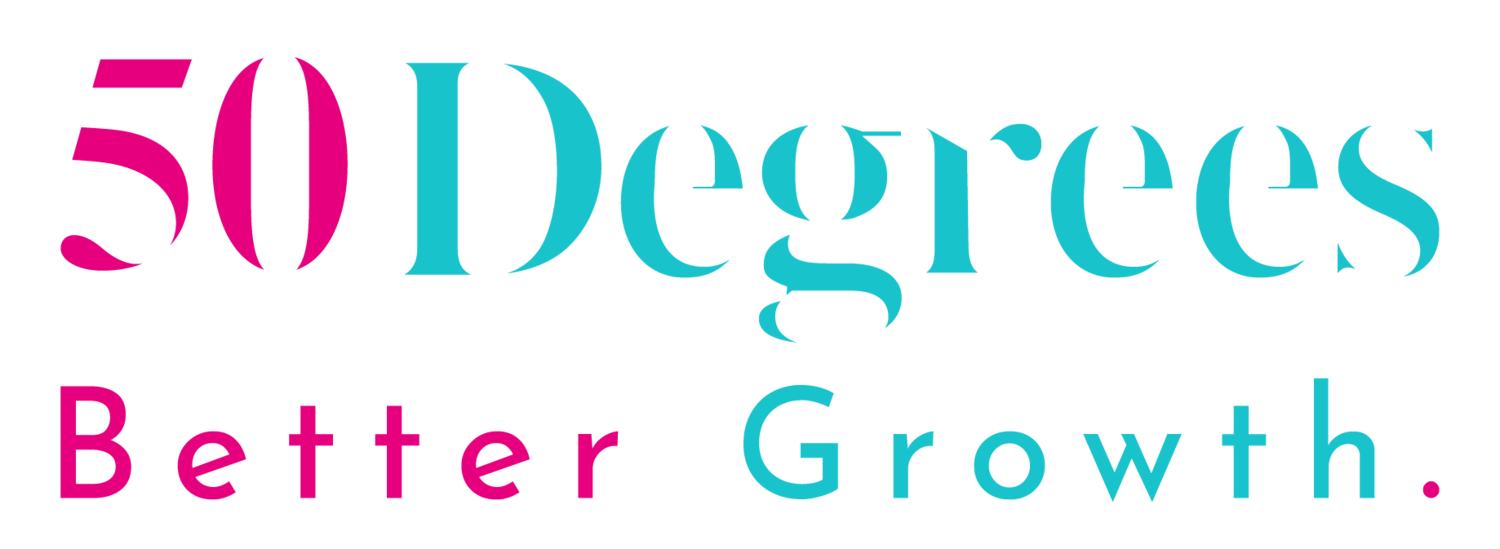Cracking the Price–Value Equation: Competing Confidently on Cost and Quality
Having confidence in every figure: an inside view on commercial modelling with our Commercial Lead, Zach Law
I’ve spent years designing commercial and financial models for large-scale public services — from employability programmes in the UK to health and skills projects across Europe and beyond. Along the way, I’ve noticed a common challenge: most bids get the numbers right, but they don’t always inspire confidence with evaluators.
Evaluators aren’t just checking spreadsheets. They want to understand the assumptions behind the figures, the risks involved, and how every choice drives real-world outcomes. They need to see that your model is strategic, realistic, and aligned with the commissioner’s objectives.
The Commercial Challenge
Procurement teams face conflicting pressures — reduce spend, but deliver more. Commissioners demand quality, innovation, and measurable outcomes. That tension creates one of the hardest questions in modern bidding:
How do you stay competitive on price and credible on value?
Winning bids don’t simply lower margins. They interrogate costs, structure commercial levers, and use financial insight to link pricing to impact.
At 50 Degrees, we help clients build that confidence through three key disciplines:
1. Interrogate the Cost Base
Start by understanding where your costs sit — and how they drive outcomes. Use that insight to redesign delivery models and unlock efficiency:
Align resource mix to performance-critical activities.
Explore partnerships or shared-service models to improve utilisation and reduce duplication.
Challenge legacy assumptions around workforce structure, scheduling, and asset use.
The goal isn’t to cut to the bone — it’s to demonstrate high efficiency underpinned by evidence. Show evaluators where cost savings are driven by smarter processes, proven performance data, or historic delivery benchmarks. This builds trust that your pricing is both competitive and sustainable.
2. Offer Discount Levers Without Losing Value
Discounting doesn’t have to mean margin erosion. The key is to understand — and evidence — the trade-offs between cost, quality, and evaluation impact.
We work with clients to build a pricing–value matrix that maps commercial options against scoring criteria. This allows bid teams to see how different scenarios affect competitiveness, delivery risk, and quality evaluation.
The result is a controlled, data-led approach to commercial positioning — pricing that is transparent, defendable, and strategically aligned to outcomes.
Effective levers include:
Performance-linked payment models. If confident in over-performing, build in a higher variable component than the commissioner sets — showing confidence and alignment with results.
Corporate overhead cost interrogation. Move away from arbitrary percentages. Analyse what corporate support the contract actually requires — functions, systems, governance — and allocate accordingly.
Efficiency modelling over time. Demonstrate how efficiencies (technology, process, workforce stability) reduce cost base and improve value across the contract term.
Outcome-based or shared-savings models. Where procurement allows, link payments to measurable outcomes, positioning your proposal as a performance partnership.
Together, these mechanisms help organisations manage cost competitiveness without compromising credibility. They show evaluators that pricing is sustainable, evidence-based, and built for performance delivery.
3. Dynamic Financial Modelling
To price with confidence, a business must understand the full picture — the opportunity, risk, and impact behind every assumption in its offer. Static spreadsheets simply can’t do this. They freeze analysis in time and obscure how changes in delivery, workforce, or performance affect cost, margin, and value.
Dynamic financial modelling enables true commercial insight. It allows bidders to test “what if” scenarios, quantify trade-offs, and evaluate the impact of delivery choices. You can see how adjustments in resource mix, investment, or service design influence both cost exposure and evaluation scoring. This gives leadership and bid teams a transparent view of upside potential and risk tolerance — enabling pricing decisions grounded in evidence, not instinct.
Where this can be shared, it strengthens the case for evaluators: they can see the logic behind the numbers and how your proposed investments create measurable impact — reduced reoffending, lower maintenance costs, improved employability outcomes — all directly linked to the commissioner’s objectives (whatever these maybe).
Dynamic modelling isn’t just a financial exercise; it’s the mechanism that connects cost, performance, and value into one coherent offer
The 50 Degrees Edge
Our Commercial & Financial Modelling capability blends financial rigour with bid strategy. We help organisations:
Redesign and challenge cost structures to improve competitiveness.
Develop financial models that quantify risk, value, and efficiency gains.
Translate complex data into persuasive, evaluator-friendly commercial narratives.
With over £3bn in successful bids supported, we help clients turn cost pressure into competitive advantage.
The Takeaway
Price is never just a number — it’s a signal of efficiency, control, and confidence.
The organisations that interrogate their costs, use structured value levers, and model risk dynamically outperform those who compete purely on price.
Book a Bid Health-Check today through enquiries@50-degrees.com to test your commercial strategy, strengthen evaluator confidence, and sharpen your competitive edge.

